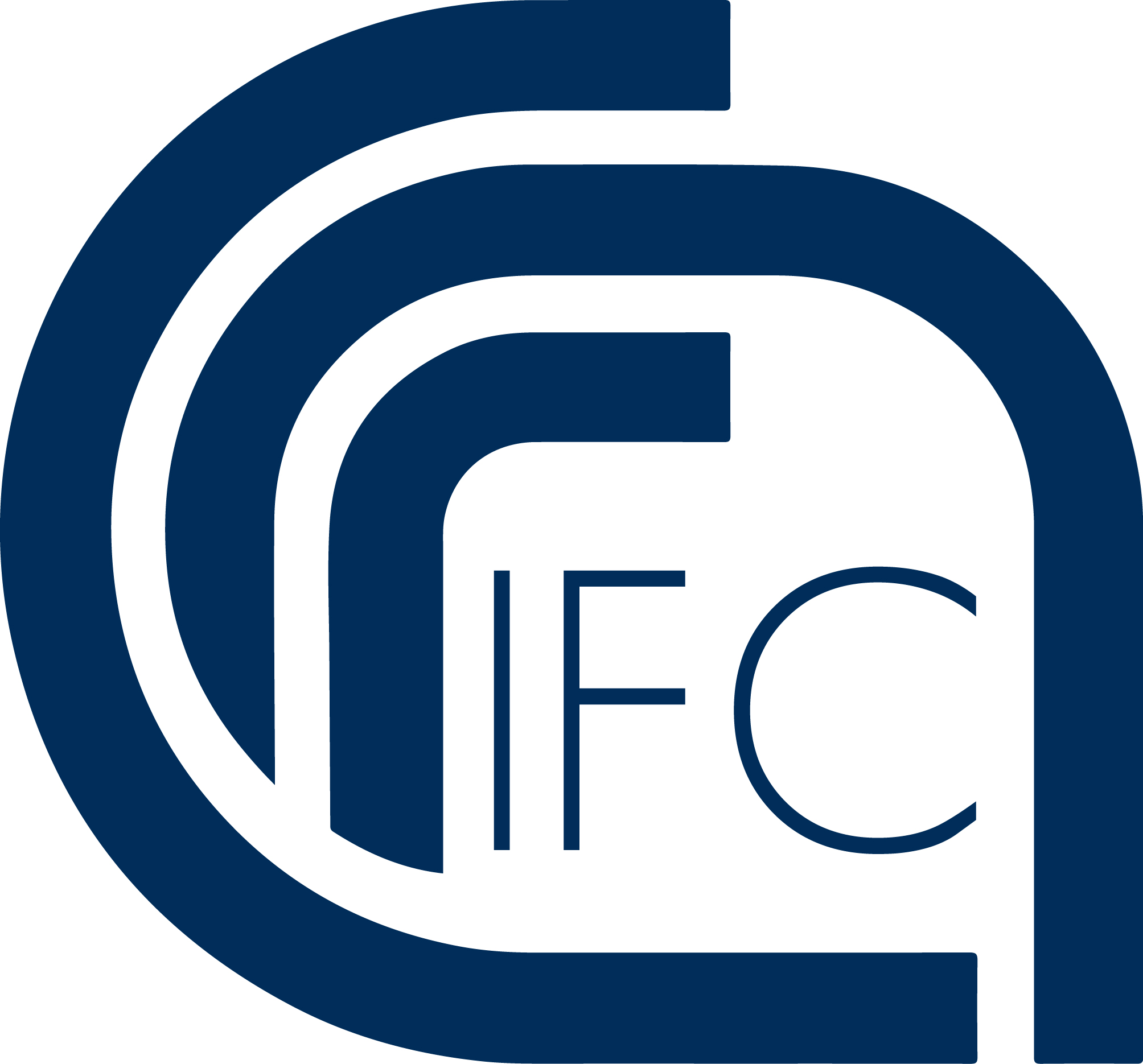
Giovedì 29 Gennaio 2015 alle ore 15.00 presso l’Aula 27 ed. A, Aula della Ricerca del CNR, Via Moruzzi 1, Pisa è previsto un doppio Seminario IFC del 2015.
“ERK8/MAPK15 IN ONCOGENE-INDUCED AUTOPHAGY AND CELLULAR TRANSFORMATION” è il titolo della prima presentazione, a cura di Mario Chiariello, I° Ricercatore presso la sede IFC di Siena. Egli è anche Principal Investigator del Core Research laboratory dell’ Istituto Toscano Tumori (ITT) a Siena. Fin dagli inizi della sua carriera, egli è stato coinvolto nello studio di diversi aspetti della biologia delle MAP chinasi e del loro coinvolgimento nella proliferazione cellulare e nel cancro. Recentemente, il suo laboratorio di Siena si è concentrato sulla caratterizzazione dell'ultimo membro identificato della famiglia delle MAP chinasi delle proteine, ERK8, per poterlo utilizzare come un nuovo potenziale bersaglio per sviluppare approcci farmacologici innovativi nella lotta al cancro umano.
Nella seconda parte del Seminario si cambia completamente area di interesse.
“Studying the sleeping brain for designing new therapeutic approaches in medicine” vedrà come relatore Danilo Menicucci, fisico e neurofisiologo, che come membro del gruppo Extreme, sotto la guida di Angelo Gemignani e Remo Bedini, ha indagato il continuum sonno/veglia e le sue alterazioni in funzione di varie fonti di stress (ambienti/impegni fisici estremi, stress psicosociale, ipossia nell’apnea sportiva).
Abstract Seminario 1
MAPK15 (ERK8) is the last identified member of the MAP kinase family of proteins. Its activity is modulated by nutrient deprivation and important human oncogenes. We have previously shown that BCR-ABL stimulated MAPK15 activity and that the ABL1 proto-oncogene interacted with this MAP kinase and mediated its activation by upstream stimuli. Also, we have recently described a role for MAPK15 in the regulation of the autophagic process, and demonstrated the feasibility of pharmacologically interfering with autophagy by modulating the activity of this MAP kinase.
Autophagy has been demonstrated as necessary for BCR-ABL-induced leukemogenesis as well as to protect cancer cells from apoptosis induced by antineoplastic drugs such as imatimib. Based on these evidences, an inhibitor of autophagy is being tested for its ability to potentiate tyrosine kinase inhibitors (TKI)-induced cell death, in CML patients.
The objective of our research has been to investigate a role for MAPK15 in BCR-ABL-dependent autophagy. Indeed, while the use of imatinib and of related 2nd generation TKIs has clearly revolutionized the therapy of chronic myeloid leukemia (CML), these treatments face important problems of insurgence of primary and secondary resistance. Consequently, there is still need for alternative options to “integrate” current pharmacological approaches.
We demonstrate that BCR-ABL stimulated autophagy in our cellular model system, and that MAPK15 was able to mediate this effect. Interestingly, MAPK15 was able to physically recruit the oncogene to autophagosomal vesicles. Moreover, not only artificial depletion of the endogenous MAP kinase inhibited BCR/ABL-dependent autophagy, but we also show that it was possible to pharmacologically interfere with this process. Ultimately, based on the role of autophagy in BCR-ABL-dependent transformation, we show that MAPK15 is required for cell proliferation and transformation induced by this oncogene, therefore establishing this MAP kinase as a novel feasible therapeutic target for human CML.
Abstract Seminario 2
During NREM sleep, cortical neurons exhibit slow rhythm dynamics, with coordinated switching of the membrane potential between a state of hyperpolarization (downstate) and a state of wake-like depolarization (upstate). This neural bistability is the basic network phenomenon underlying EEG slow patterns, such as the K-complex and Sleep Slow Oscillation (SSO). SSO in vivo are described as the interaction between three cardinal oscillators: cortical neurons, thalamocortical cells and reticular thalamic neurons. This interaction allows the emergence of two distinct phenomena: the cortical bistability (unconsciousness) and the coalescence between slow and fast rhythms (memory consolidation).
SSOs depict the topological proneness of cortical neurons to fall into downstate (cortical bistability), due to intrinsic and extrinsic triggers. It is unclear if topological differences reflect wake-related learning/metabolic activities or interactions with the out world during sleep.
In the last five years, we revealed that the local expression of SSO is enhanced and its cortical spreading is inhibited as a function of sleep deepening. Such dual behavior could reflect the modifications of the activity of subcortical structures, which in turn modulate cortical excitability and hence cortical bistability.
We demonstrated a crucial role of thalamus as subcortical counterpart of cortical bistability by a double approach: 1) studying a case of selective thalamic neurodegeneration (Fatal Familial Insomnia - FFI); 2) using the model of multisensory evoked potentials. In the FFI patient we showed a dramatic disruption of SSO rate and features (including upstate indices of thalamo-cortical synchronization). In healthy subjects the sensory stimulation allowed us to identify an early excitatory thalamo-cortical component able to elicit cortical bistability that in turn impedes information integration and hence consciousness.
At present we are working on: 1) the role of SSO in memory consolidation; 2) the relationships between SSO and acute stress by studying how inflammatory substances produced during a huge physical activity affect SSO pattern. Finally we have applied the SSO paradigm for identifying the negative effects of chronic stress (social isolation and spatial confinement) on sleep functions.
The whole body of our findings suggests that SSO represents a reliable marker of some sleep functions (e.g. memory consolidation, unconsciousness, metabolic changes etc…). This poses the rationale for investigating how immune or metabolic dysregulations associated to the well-known vicious cycle of cardiovascular chronic diseases and sleep functions. New evidences show that SSO can be boosted by semi-invasive brain stimulations, opening the door to new clinical treatments focused on reestablishing sleep homeostatic functions.


 IT
IT  中文
中文 